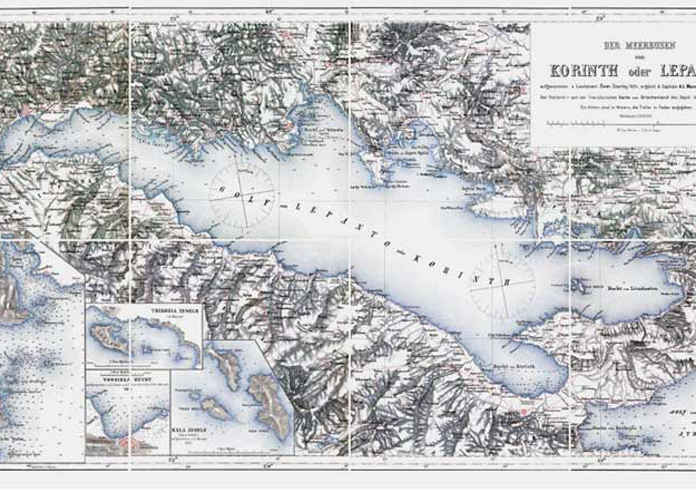AIM
Corinthia in the Ottoman Period through Interdisciplinary Studies (COPIS) is a project aiming at a systematic exploration and use of the Ottoman archival sources for the investigation of the history, demography, topography, taxation, agricultural production etc. of the administrative region (kaza) of Corinth during the period of the Ottoman occupation (mid 15th-early 19th centuries). The documents, located mostly in the Başbakanlik Archives of Istanbul as well as in some other archives located in Turkey (Ankara National Library, Archives of the Religious Endowments etc), preserve ample information on the economy, population, taxation and administration of the kaza of Corinth. Some contain precise details such as how much land was cultivated, by whom and with what; yields and the number of bee hives, trees, livestock, mills and how much tax was payable on each. Many also contain precise topographical information on the rural and civic landscape, while others offer insight into the social life of the kaza, the career of specific individuals and the relation of the kaza of Corinth to the central government. Through meticulous reading, we should be able to reconstruct the history of the kaza over a period of more than three centuries, and trace the origins of many of the villages of modern Corinthia.
Besides its obvious contribution to the knowledge of an era long neglected, the study of the Ottoman archives for the Corinthia region has direct relevance with many archaeological projects in the region, the majority of which have been and are being conducted under the auspices of the American School of Classical Studies: the Corinth excavations, the Isthmia excavations, the East Corinthia archaeological survey (ECAS), the archaeological project at Kenchreai, the Nemea excavations, the Nemea valley archaeological project (NVAP), the Phlious survey, the Sikyon survey project, the Berbati valley survey, the archaeological exploration of Cleonae, the Methana survey and the excavations at Stymphalos. The originality of the proposed project lies in the fact that the Ottoman sources will be read against the evidence yielded by all those archaeological projects, thus offering a perspective of the Braudelian ‘long durée”, making it possible to offer a comprehensive picture of the evolution of the Corinthian plateau from antiquity to the modern era.
Seyyed Mohammad Taghi Shariat-Panahi











